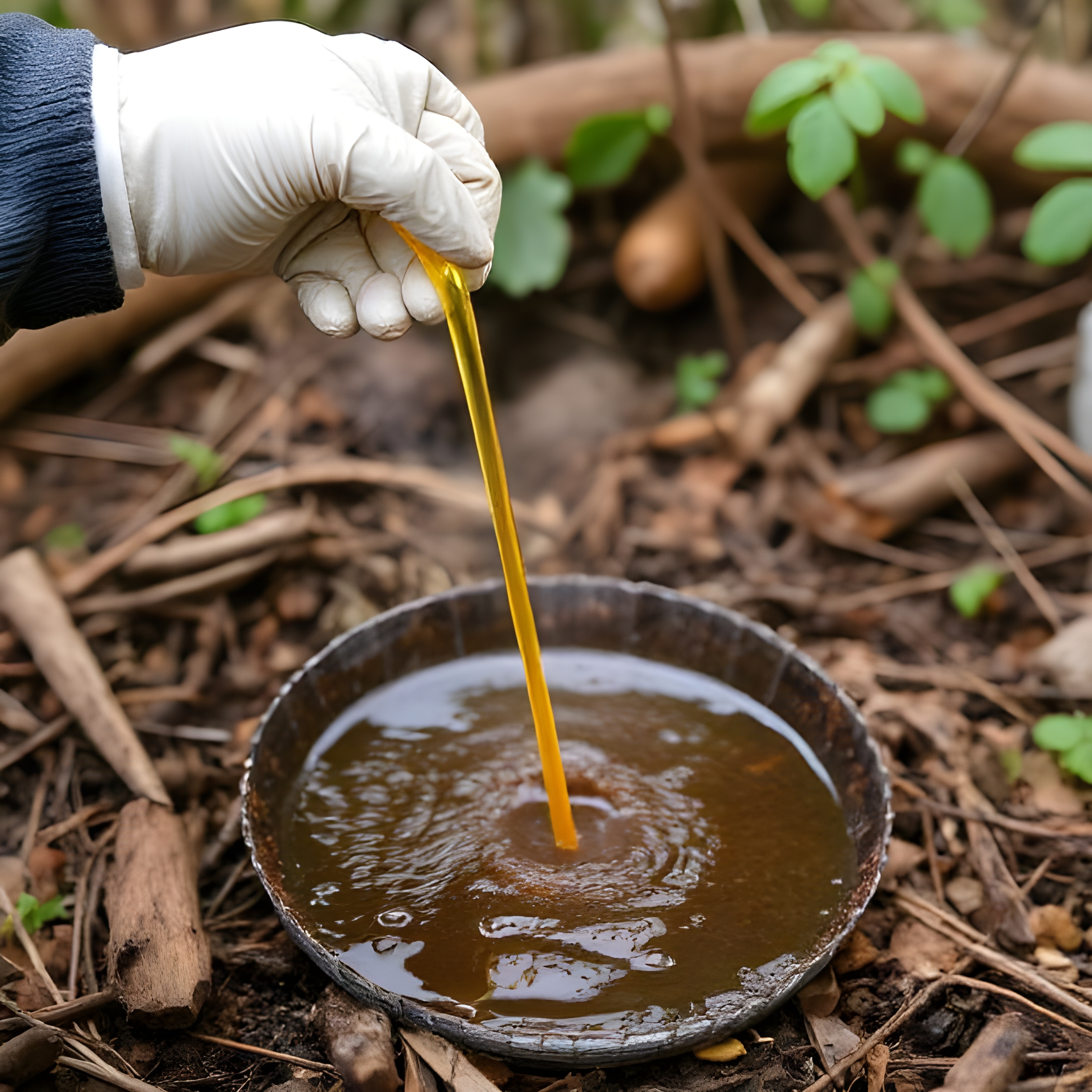-

Sodium Dibutyl Naphthalene Sulfonate – CAS Number
The CAS Number for Sodium Dibutyl Naphthalene Sulfonate The CAS number for sodium dibutyl naphthalene sulfonate is 25638-17-9. This unique identifier is assigned by the Chemical Abstracts Service (CAS), a division of the American Chemical Society dedicated to cataloging and indexing chemical substances. CAS numbers are a cornerstone of chemical identification, used worldwide by scientists,…
-

Sodium Dibutyl Naphthalene Sulfonate chemical properties
Molecular Formula and Weight The molecular formula reveals the compound’s composition: 18 carbon atoms, 23 hydrogen atoms, 1 sodium atom, 3 oxygen atoms, and 1 sulfur atom. The sulfonate group (SO₃⁻) paired with sodium (Na⁺) indicates its ionic nature, which is central to its surfactant functionality. The molecular weight helps predict how it behaves in…
-

Sodium Dibutyl Naphthalene Sulfonate Surfactant
Sodium dibutyl naphthalene sulfonate (SDNS) is an anionic surfactant with the molecular formula C18H23NaO3S and a molecular weight of approximately 342.43 g/mol. It is characterized by a hydrophobic dibutyl naphthalene tail and a hydrophilic sulfonate head, making it amphiphilic and effective in reducing surface tension. Below are its key surfactant properties: Applications: Physical Properties: Synthesis:…
-

Lignin in Paper Industry
1. Role of Lignin in the Paper Industry In the paper industry, lignin’s primary significance lies in its presence in raw materials (e.g., wood, straw) and its subsequent removal during pulping to isolate cellulose fibers, which form the backbone of paper products. Lignin contributes to the structural integrity of plants but imparts undesirable properties to…
-

Lignin Industry
1. Overview of the Lignin Industry Lignin is primarily obtained as a byproduct of the pulp and paper industry, where it is separated from cellulose during processes like the Kraft process or sulfite pulping. Globally, the pulp and paper industry produces millions of tons of lignin annually, with estimates suggesting over 50 million tons from…
-

Lignin Chemical Properties
Lignin is a complex, naturally occurring polymer found in the cell walls of plants, where it provides structural support, aids water transport, and contributes to defense mechanisms. Its chemical properties underpin its biological roles and industrial applications, making it a fascinating subject for study. Chemical Composition Lignin is a heterogeneous, three-dimensional polymer primarily composed of…
-

Lignin in Plants
Lignin is a vital organic polymer in the cell walls of vascular plants, contributing to their structural integrity, water transport, and defense mechanisms. As one of the three main components of lignocellulose—alongside cellulose and hemicellulose—lignin accounts for 15–30% of plant biomass by dry weight. Below is a comprehensive exploration of lignin’s role, composition, biosynthesis, distribution,…
-

Lignin Extraction
Overview of Lignin Extraction Lignin, comprising 15–30% of plant biomass, is typically extracted as a byproduct during the breakdown of lignocellulose to access cellulose or hemicellulose (e.g., for paper or bioethanol production). Extraction methods vary based on the desired lignin purity, structure, and end-use, ranging from traditional industrial processes to advanced techniques for high-value applications.…

